Modern Singapore was founded when Sir Thomas Stamford Raffles, a British statesman, landed in the area in 1819 and negotiated a treaty with a previously banished sultan to establish Singapore as a trading station for the British. Singapore became a major port for East-West trade, growing from a small fishing port to a major world commercial center.
Historical Population of Singapore:
- 1819: 150
- 1860: 80,000
- 1942: 800,000
- 1970: 2 million
- Today: 5 million
There were two major defining historical events for Singapore in the 20th century. The first was the Fall of Singapore. Once regarded as an impregnable fortress, Japan invaded Singapore from the north (through what is now Malaysia) rather than from the sea as the British expected. Singapore was occupied by the Japanese from February of 1942 until the end of WWII.
The second was the independence of Singapore, which actually happened over a couple of steps. First was self-government and election of Lee Kuan Yew as the first prime minister in 1959. Then a short-lived merger between Malaya and Singapore (hence, Malaysia). Then, when this merger proved unsuccessful, Singapore left Malaysia to become an independent and sovereign nation in 1965.
You’ll be happy to know we did not walk around naked, do drugs, or spit our gum out while in Singapore… all are against the law and can be quite severely punishable. Possession of heroin in the weight of a small coin is punishable by death… quite an effective deterrent it seems.
We found Singapore pretty expensive, with a couple of exceptions. Taxis are cheap and hawker food pretty normally priced for street cafes (though we didn’t find it all that interesting). But drinks and nice restaurants were outrageously expensive.
For residents, both housing and vehicles are very expensive. For the right to have a vehicle, you must have a Certificate of Entitlement, which is good for ten years only. According to our guide and our taxi driver, this is obtained by bidding process and can easily cost $60,000-$90,000. Then, you still have to buy your car. Import and other taxes mean a vehicle can cost up to five times as much in Singapore as it would in the US.
The vast majority of the residential housing developments in Singapore are publicly governed and developed – about 85% of Singaporeans, or 17 in 20 of the resident population live in such houses. The vast majority of these are flats in high rise buildings – 10 to 30 stories tall located in self-contained satellite towns with schools, supermarkets, clinics, hawker centers (food courts) and sports and recreational facilities. These units were built primarily to provide affordable housing for the masses.
Public housing in Singapore is generally not considered as a sign of poverty or lower standards, as compared to public housing in other countries. Although usually cheaper than privately built homes in Singapore, they are also built in a variety of quality and finishes to cater to middle and upper middle income groups. In fact, property prices for the smallest public housing can sometimes be higher than privately owned and developed standalone properties in other developed countries after currency conversion. Even though the majority of residents live in public housing, very few are below the poverty line.
We crammed our two days full of sight-seeing: China Town, Little India, Orchard Row (miles of shopping), World War II battle sites and prison museum, hawker centers, touristy quay areas, a riverboat ride, a trip to the top of the Marina Bay Sands and of course, a revolution on the Singapore Flyer.

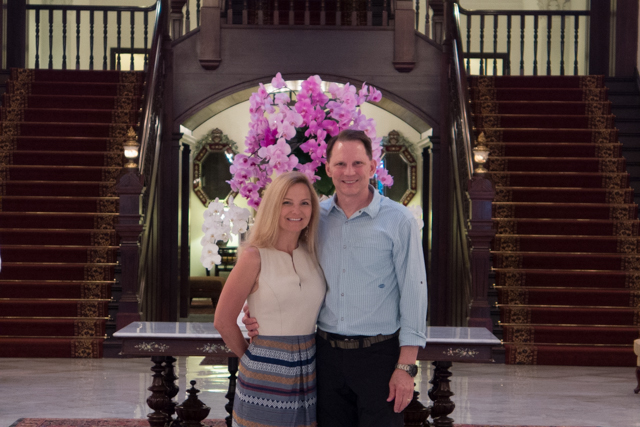
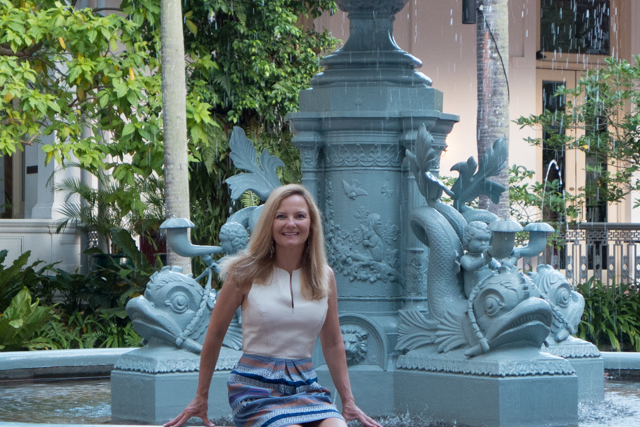
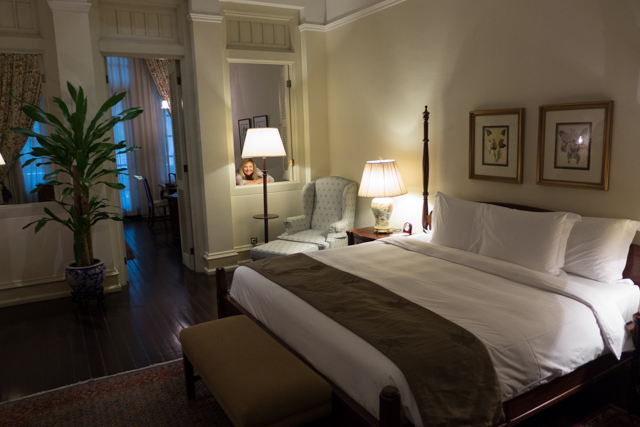
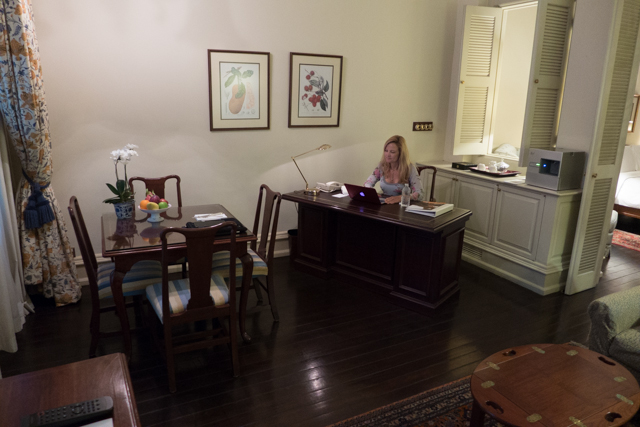
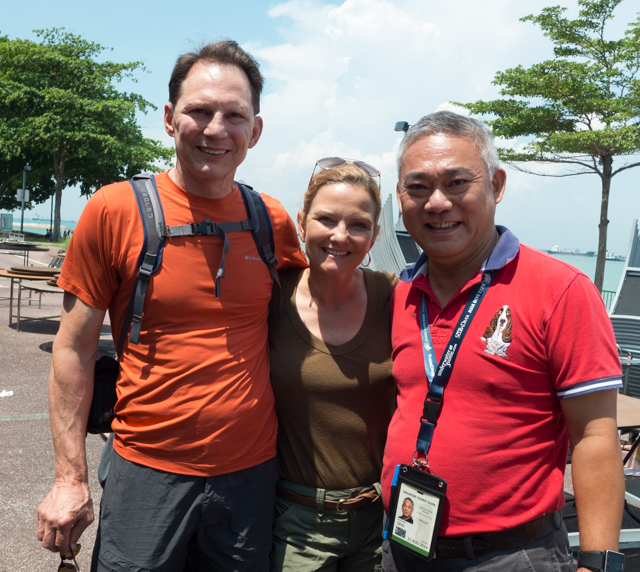
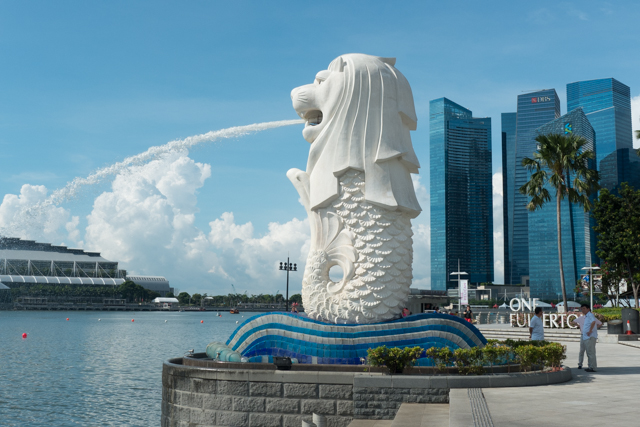
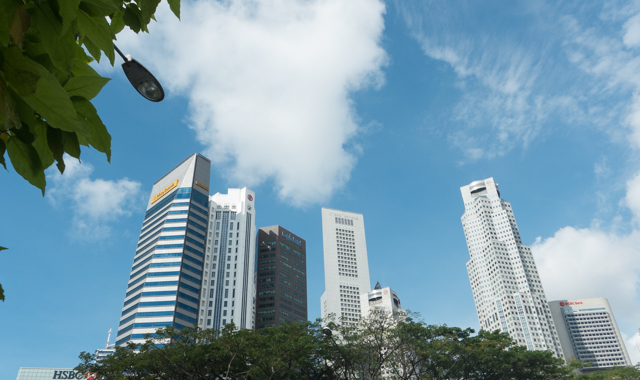
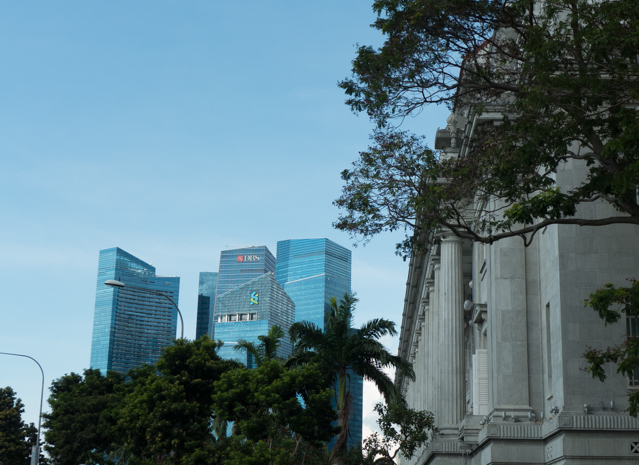
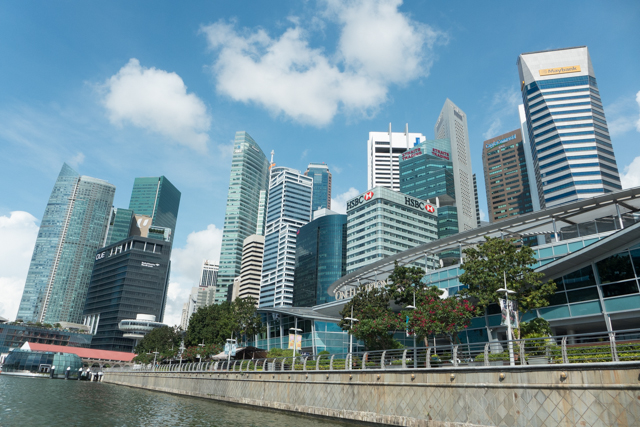
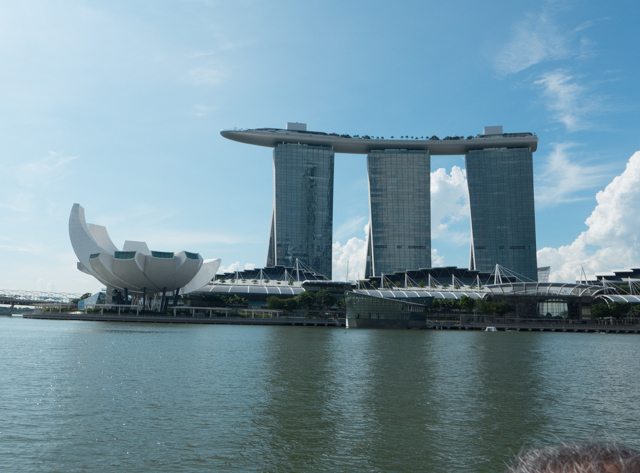
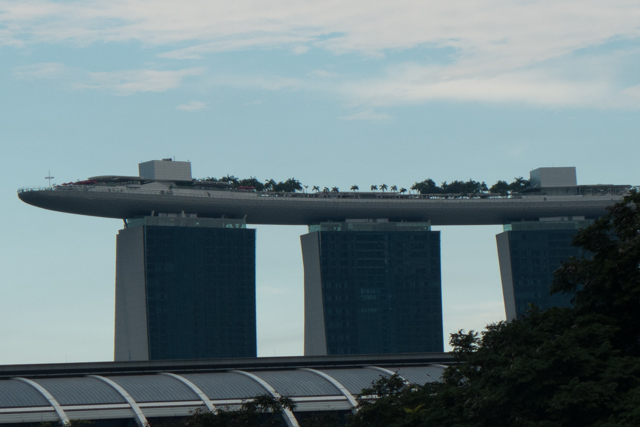
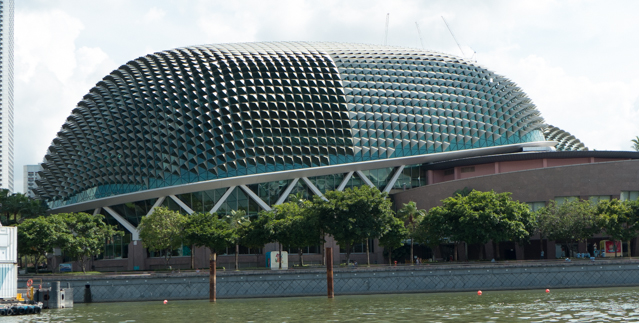
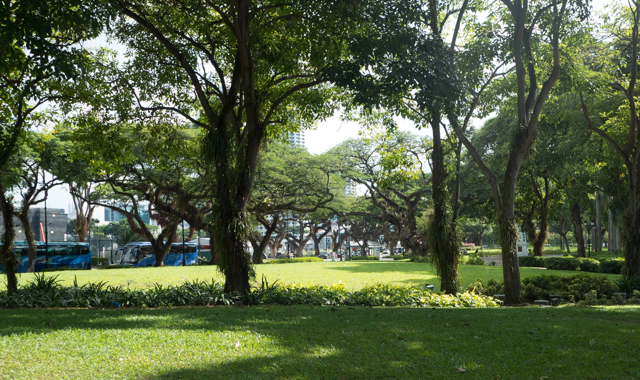
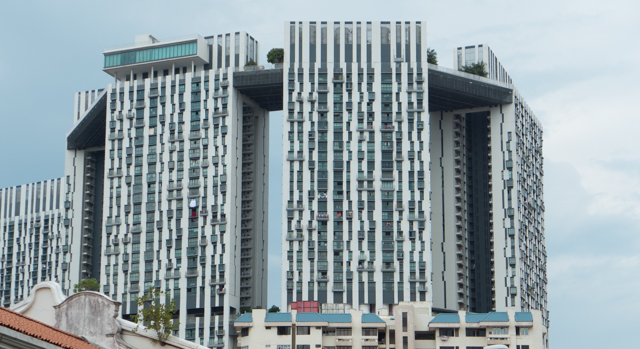
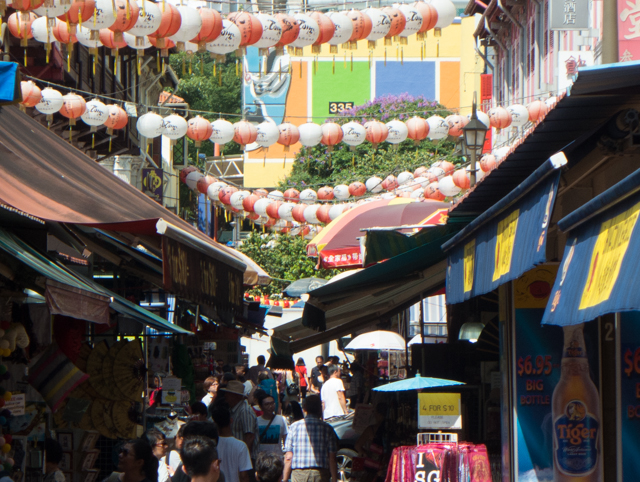
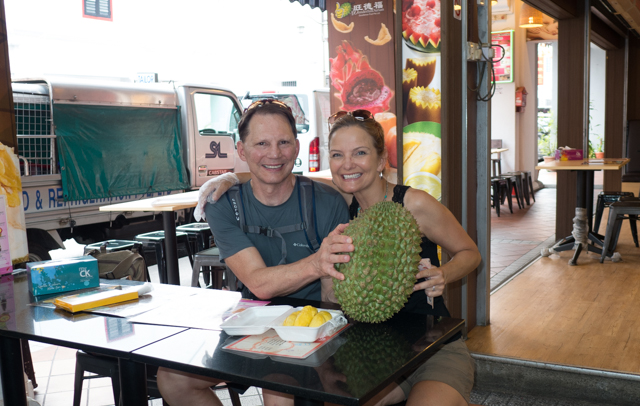
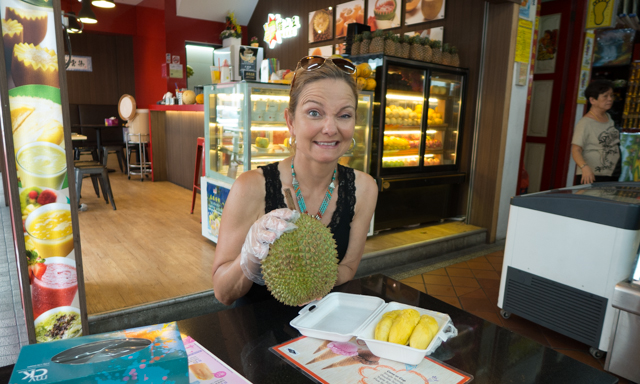
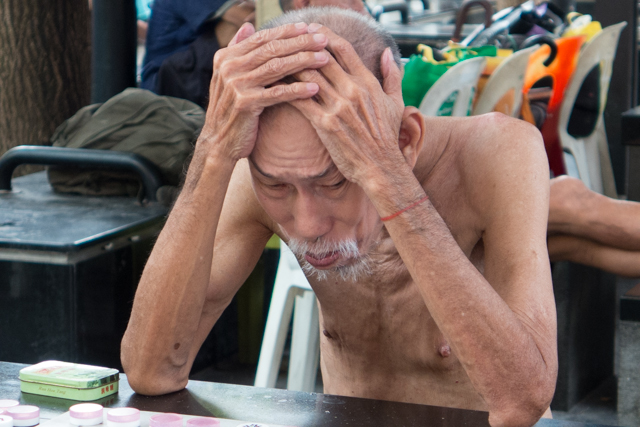
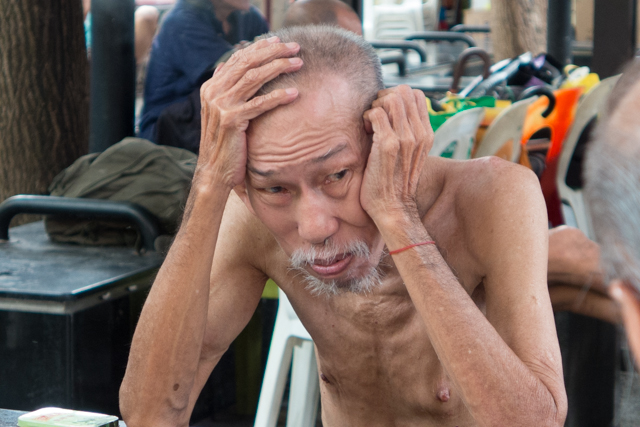
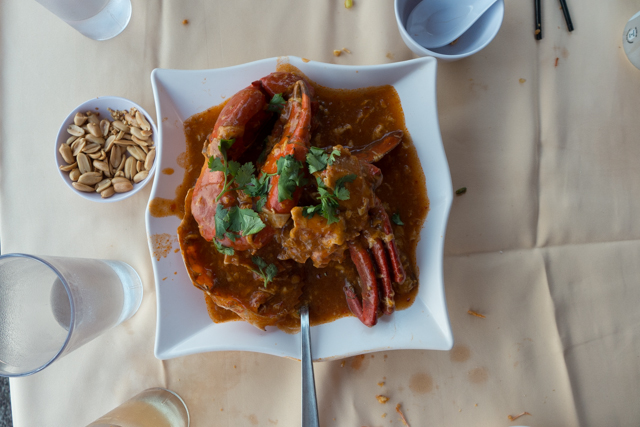
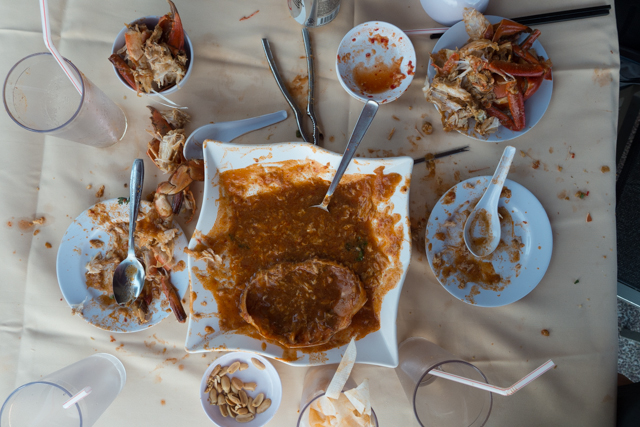
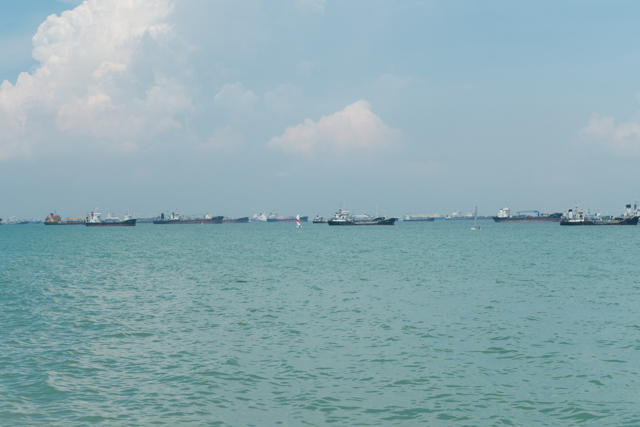
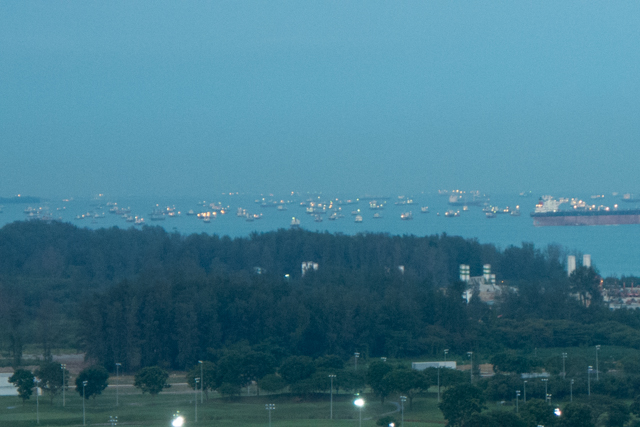
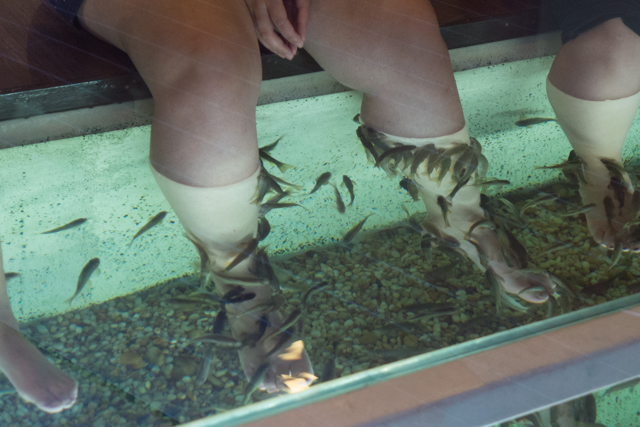
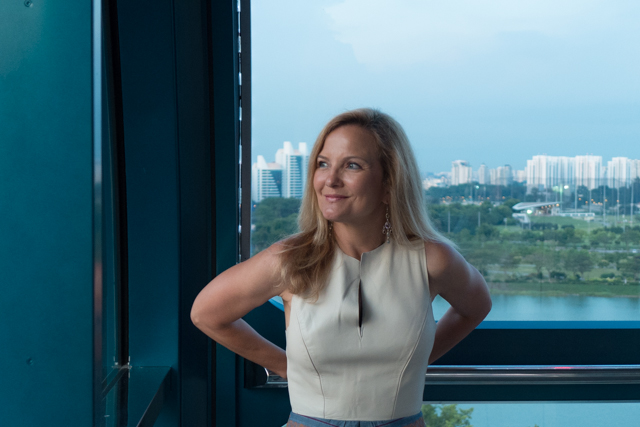
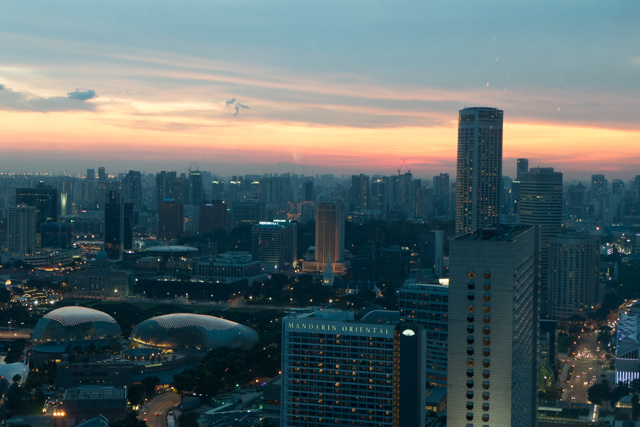
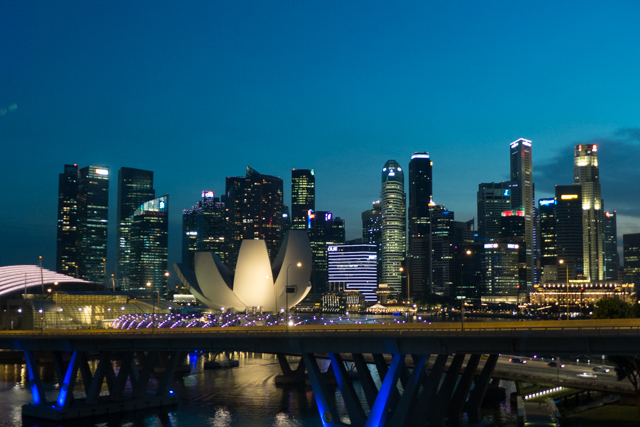
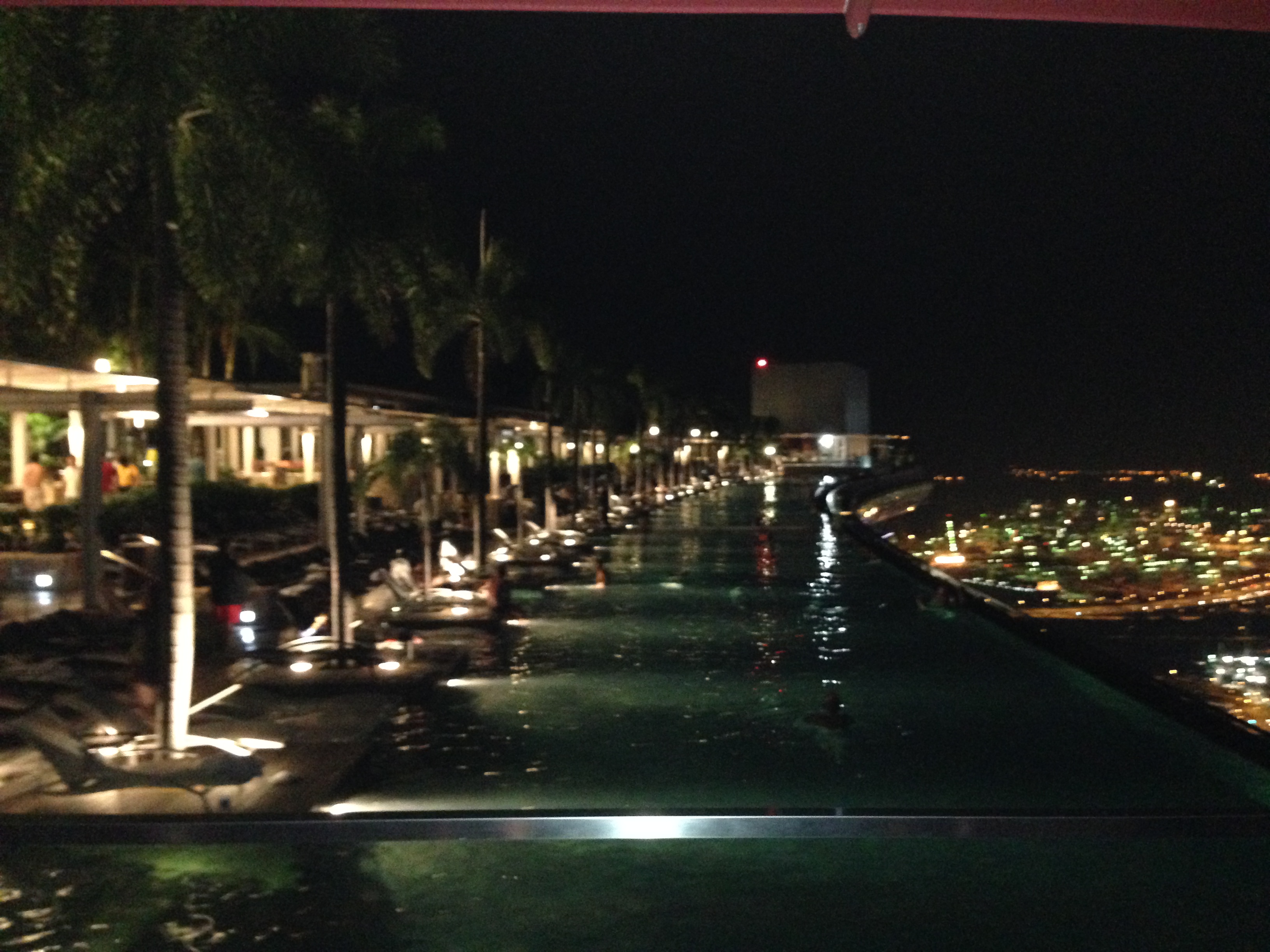

Thanks for sharing your great adventure. Love Shauna’s expression towaward Durian 🙂 I love durian myself even the smell could stink the fridde for weeks!
Beautiful pictures!
Fantastic photos…maybe you should write books and start with a travel book that features you adventures.